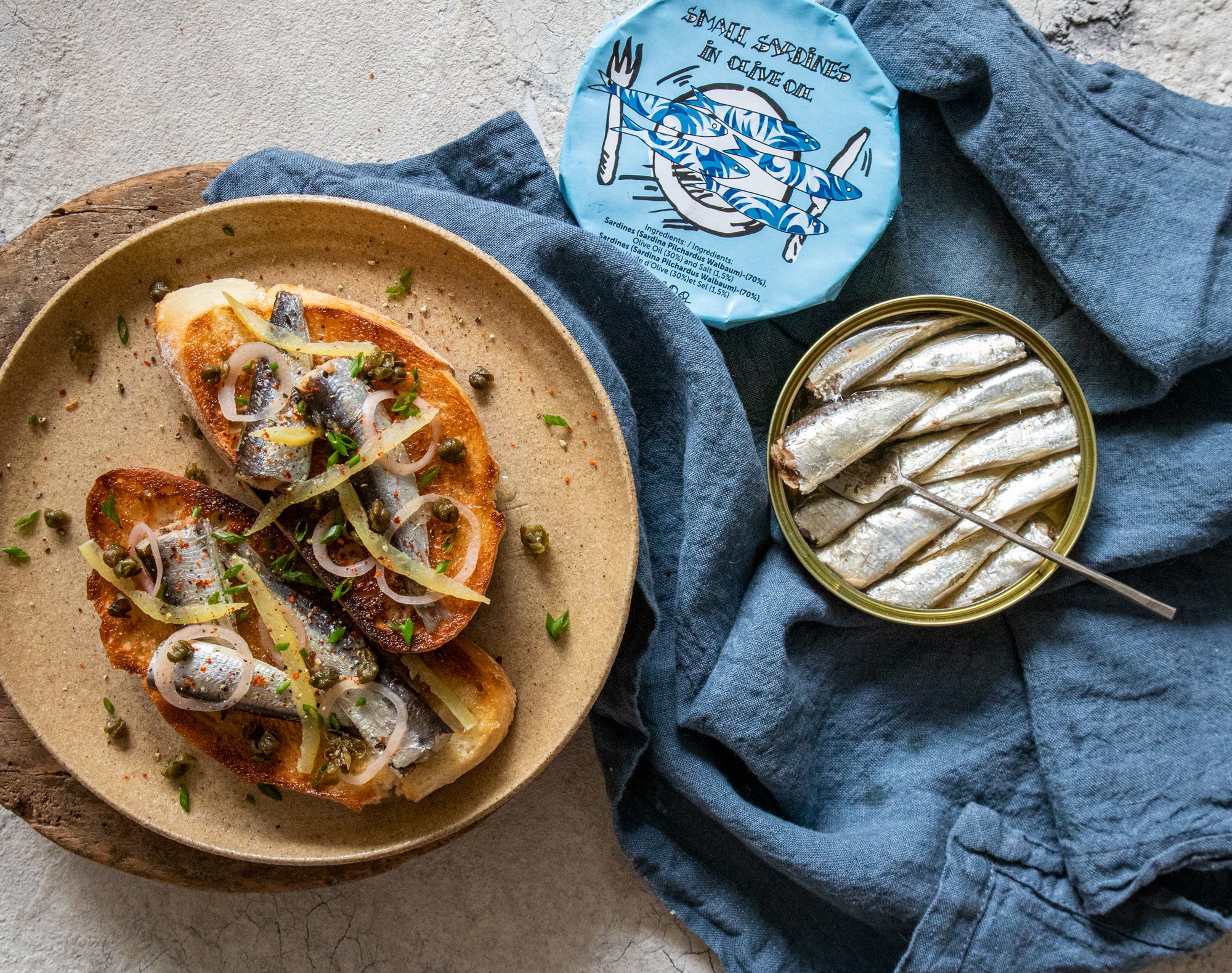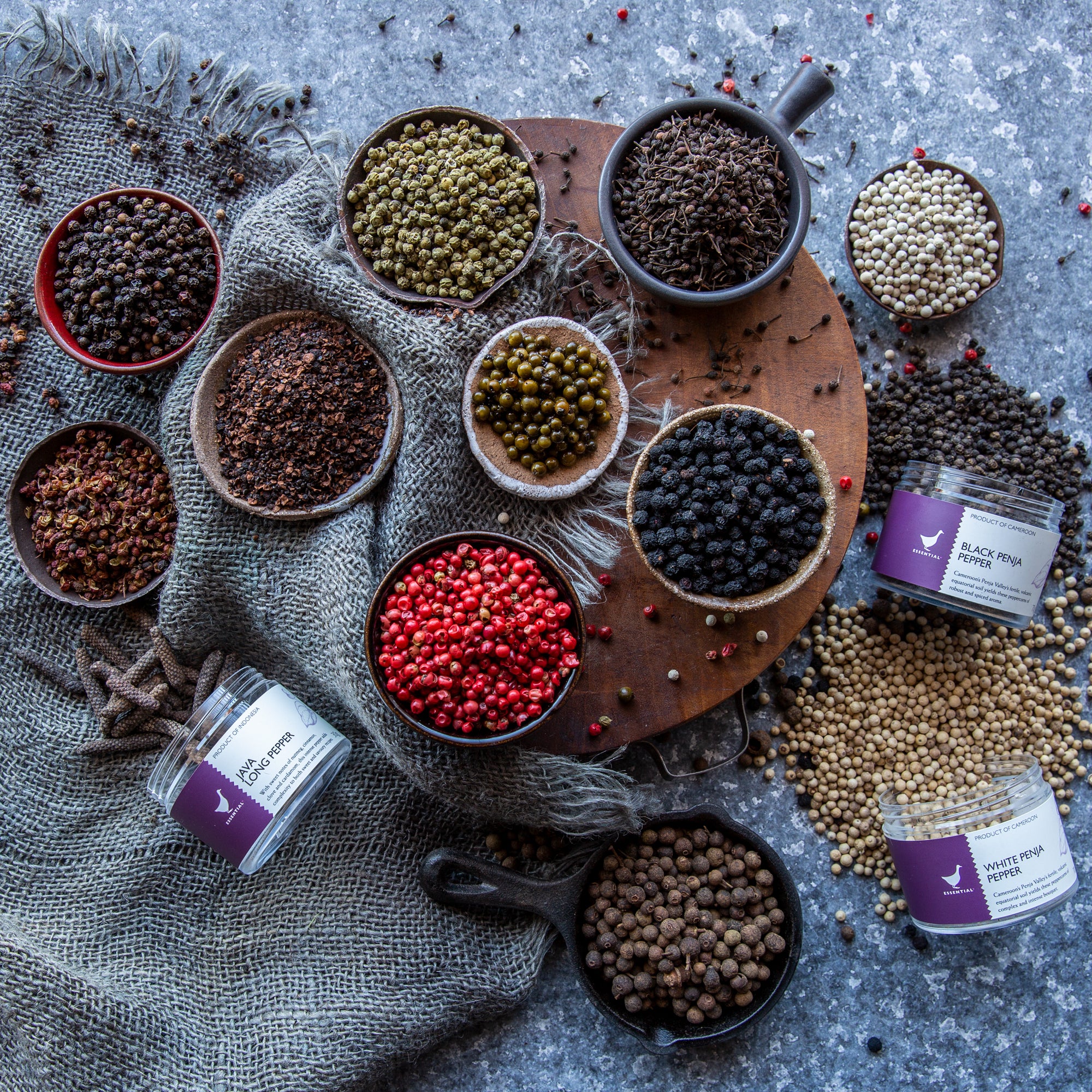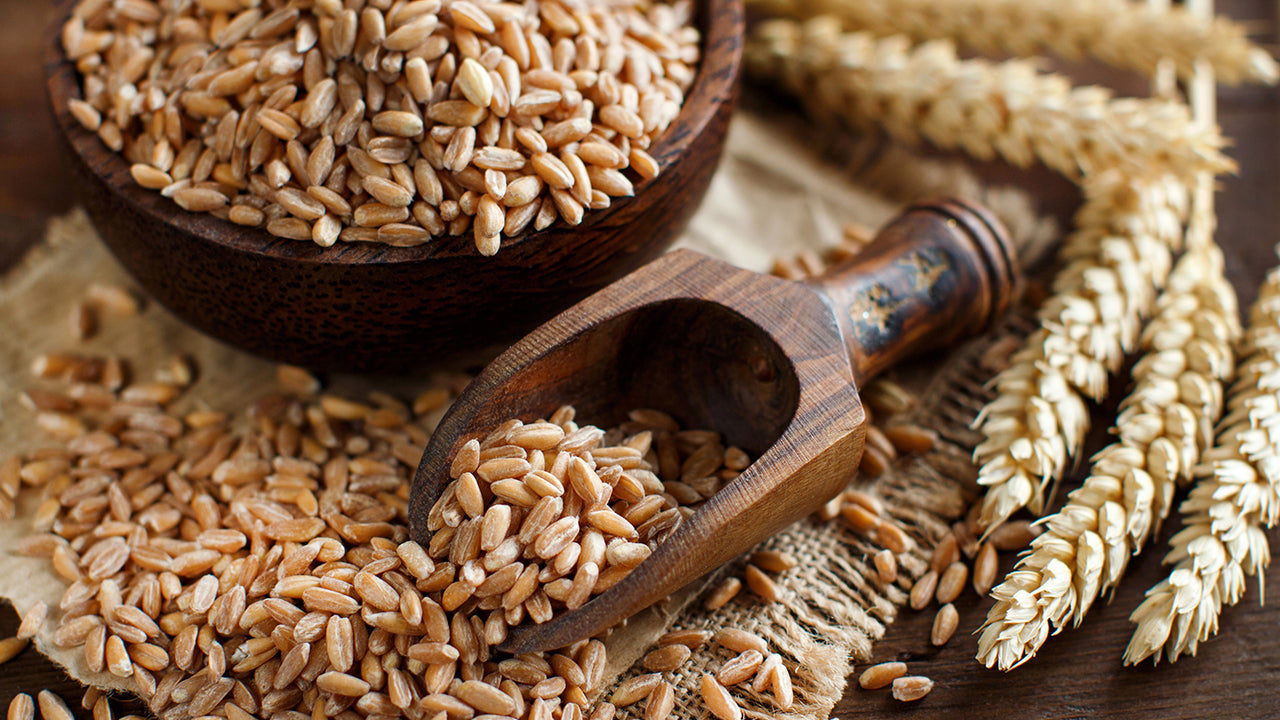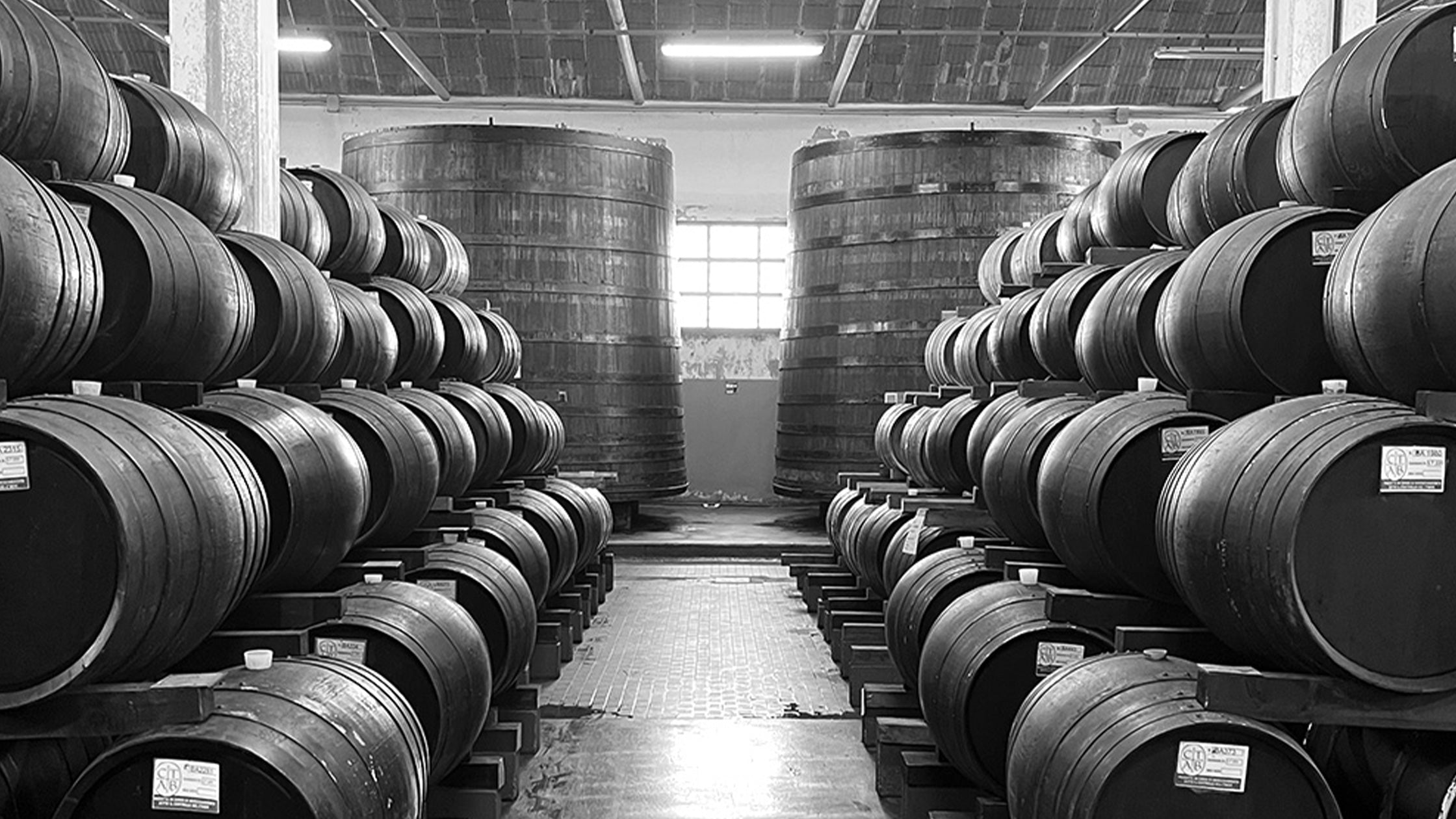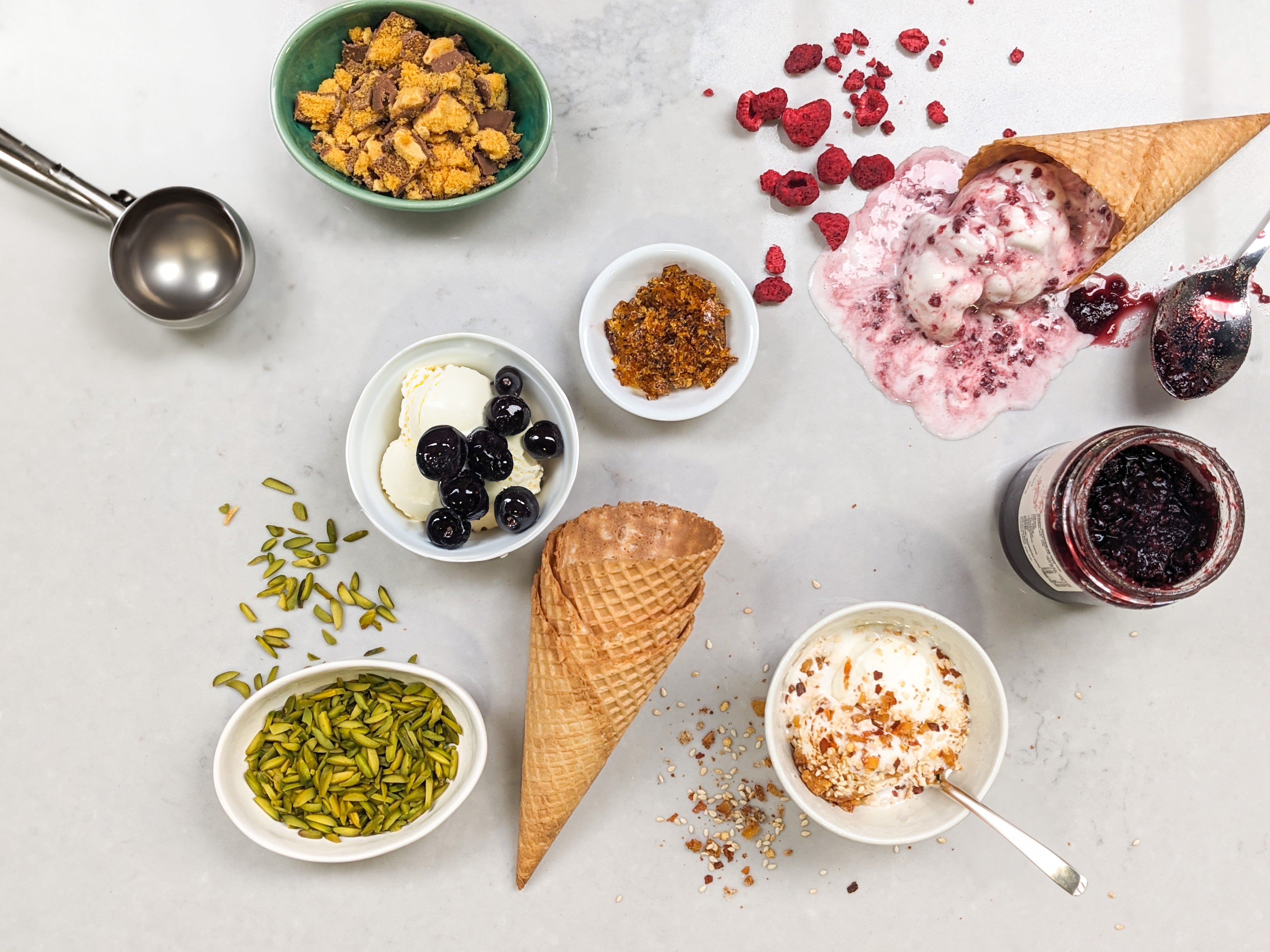
The Prehistoric Origins of Salt
Last updatedAt the sprightly young age of 250 million years, salt remains at the foundation of flavour. From low lying marsh, to desert lakes, subterranean striations and mountaintop mines, salt is sourced from a host of exotic locations, each adding its own unique flavour. In this article we explore 4 of our favourite prehistoric salts and take a look at their origins and the taste experience each one brings to your meal.
Persian Blue SaltPersian Salt:
Persian salt is of a single-origin. It comes from a single striation of salt crystals below an ancient lake in Iran. The blue colour of Persian Salt is the result of tonnes of pressure applied over millennia from the movement of tectonic plates.
What does Persian Salt taste like?
Persian Salt has an immediate and intense saltiness with a sweet finish.
What goes well with Persian Salt?
Because of its intensity Persian Salt goes well with desserts containing caramel and chocolate. It is also the perfect seasoning for seafood as the presence of its saltiness is pleasant but short-lived.
Smoked Fleur de Sel:
The literal translation of Fleur de Sel is ‘Flower of Salt’. It is a much more delicate salt in comparison to refined sea salt or Himalayan Salt. The main source of Fleur de Sel globally is the Camargue region in France, a swampy low lying area that is also known for its rice production amongst other artisan food industries. The gentle flavour of Fleur de Sel is due to thousands of years of organic matter and sediment settling beneath the salt pans.
What does Smoked Fleur de Sel taste like?
Smoked Fleur de Sel is is gently smoked over smouldering beechwood planks. The infusion of smoky flavour softens the saltiness of the Fleur de Sel even further producing a delightful savoury taste.
What goes well with Smoked Fleur de Sel?
You can add Smoked Fleur de Sel to a range of foods, but it goes especially well with melon, chocolate, tomato, citrus and seafood.
Grey Sea Salt:
Grey Sea Salt comes from the bottom of the salt pans of the lle de Re, an area known for its mineral rich clay deposits. The grey colour of the salt is due to the presence of up to 3% clay and this results in a more complex flavour profile with a gentle saltiness. During harvesting only the top layer of salt is taken, which eliminates the need for excessive processing.
What does Grey Sea Salt taste like?
Because of the presence of clay this salt is gentle in taste. Also because it is quite a wet salt it is better suited to adding to a dish before it is served rather than being used at the table.
What can I use Grey Sea Salt for?
Due to the presence of both clay and water Grey Sea Salt is perfect for coating and baking seafood. This process results in a crust that can be removed once the baking is complete.
Black Salt:
Black Salt owes its striking appearance to activated charcoal from volcanic deposits. The salt begins its life as plain white crystals and then has the charcoal added to impart the black colour and a chalky texture. The salt crystals are left in the shape of naturally formed pyramids which add to the dramatic look of the salt. It is very popular with chefs and barman looking for a little theatre in their culinary creations.
What does Black Salt taste like?
The volcanic charcoal gives the salt an ash-like taste. Possibly more important than the taste is the action that charcoal performs in your body. It is a natural detoxifying agent, sucking up toxins as it passes through your body and is also good for aiding digestion.
What can I use Black Salt with?
Black salt can be used wherever you need to inject a little drama. Perfect for grilled vegetables and meats, rimming cocktails and serving with white fleshed seafood.
Why cook with specialty salts
Cooking with different types of salt allows you to bring different flavours to your food. The only real risk, as with any salt, is in adding too much to your dish. The benefits in terms of health, taste and appearance are many and there’s never been a more exciting time than now to try these specialty salts in your cooking.
All these salts and more are available at The Essential Ingredient Rozelle.


